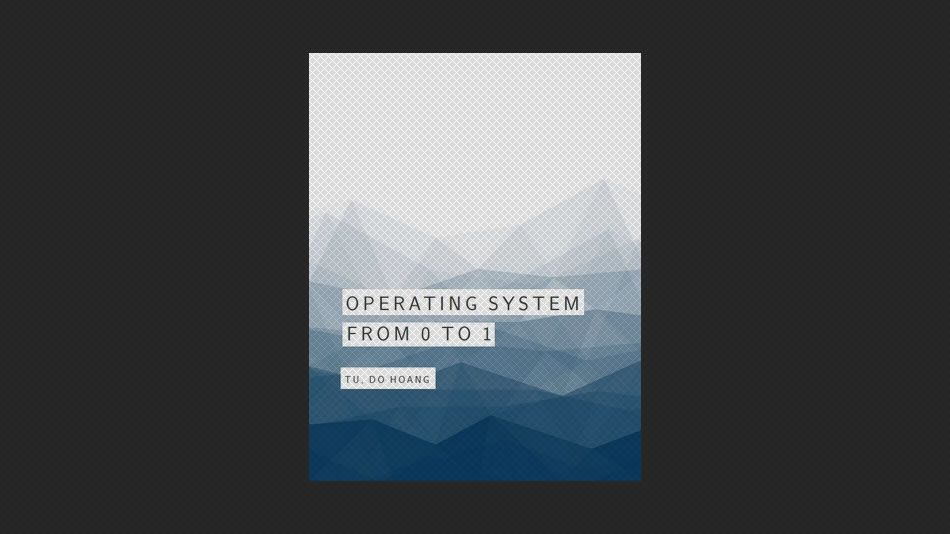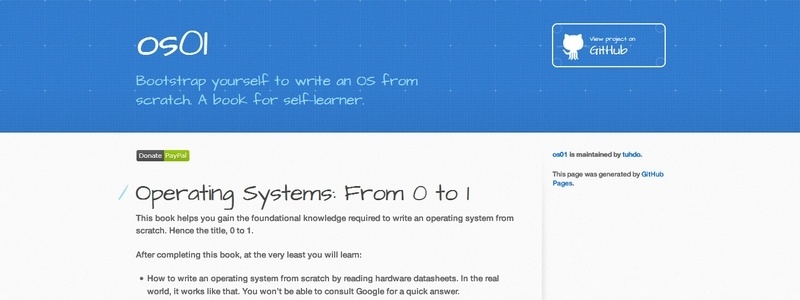This book helps you gain the foundational knowledge required to write an operating system from scratch. Hence the title, 0 to 1. The book teaches you core concepts, such as x86 Assembly, ELF, linking and debugging on bare metal, etc., but more importantly, where such information come from. For example, instead of just teaching x86 Assembly, it also teaches how to use reference manuals from Intel. Learning to read the official manuals is important because only the hardware manufacturers themselves understand how their hardware work.
If you only learn from the secondary resources because it is easier, you will never gain a complete understanding of the hardware you are programming for. Have you ever read a book on Assembly, and wondered where all the information came from? How does the author know everything he says is correct? And how one seems to magically know so much about hardware programming? This book gives pointers to such questions. After completing this book, at the very least you will learn:-
- How to write an operating system from scratch by reading hardware datasheets. In the real world, it works like that. You won’t be able to consult Google for a quick answer.
- A big picture of how each layer of a computer is related to the other, from hardware to software.
- Write code independently. It’s pointless to copy and paste code. Real learning happens when you solve problems on your own. Some examples are given to kick start, but most problems are yours to conquer. However, the solutions are available online for you to examine after giving it a good try.
- Linux as a development environment and how to use common tools for low-level programming.
- x86 assembly in-depth.
- How a program is structured so that an operating system can run.
- How to debug a program running directly on hardware with gdb and QEMU.
- Linking and loading on bare metal x86_64, with pure C. No standard library. No runtime overhead.





